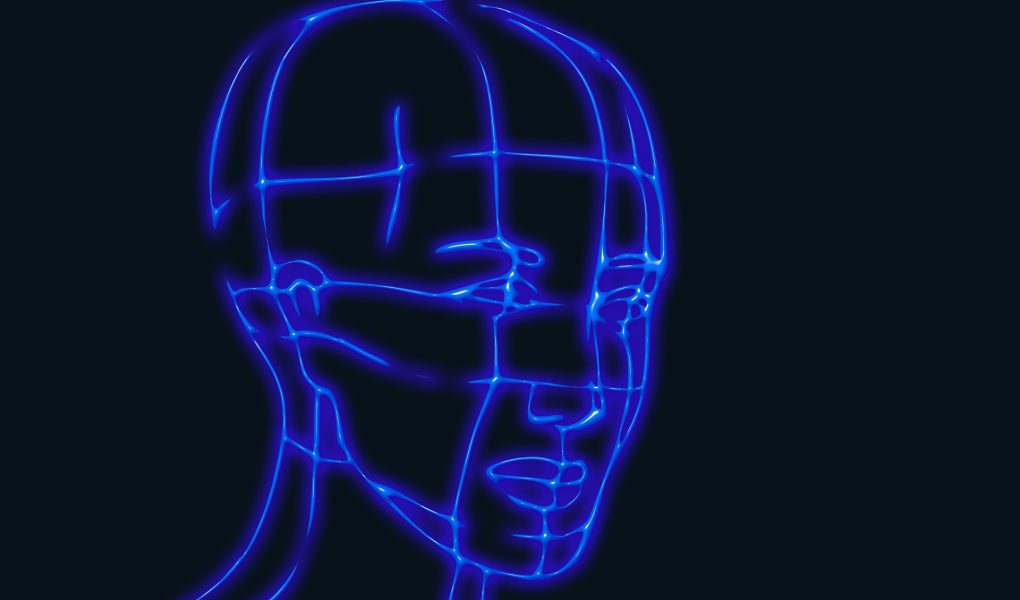Introduction
GPT-3, developed by OpenAI, is the latest and largest language model in the GPT (Generative Pre-trained Transformer) series. It has taken the AI community by storm with its remarkable ability to generate human-like text for various tasks such as text completion, summarization, question answering, and more. In this article, we’ll dive deep into the capabilities of GPT-3 in language generation and explore its potential impact on various industries.
Background
The GPT series of models, developed by OpenAI, is based on transformer architecture and has set a new standard in the field of AI language generation. GPT-3 is the latest and largest GPT model and has significantly improved upon the performance of its predecessors. It is trained on a massive corpus of text data, allowing it to generate text that is highly coherent and human-like.
Language Generation with GPT-3
GPT-3 uses language generation to perform various tasks. It can generate text that is relevant and coherent in context, making it useful for a wide range of applications. For example, it can be used for text completion, where the model generates the missing words in a sentence. It can also generate summaries of longer pieces of text and even answer questions based on the provided context.
Capabilities of GPT-3
GPT-3’s language generation capabilities are truly remarkable. It outperforms other language models in terms of coherence and relevance of the generated text. However, it is not perfect and still has limitations, such as occasional grammatical errors and biases inherited from the training data. Despite these limitations, GPT-3’s ability to generate human-like text is a major step forward in the field of AI language generation.
Applications of GPT-3 in Language Generation
The potential applications of GPT-3 in language generation are numerous. For instance, it can be used to improve customer service by generating human-like responses to customer inquiries. It can also be used by journalists to generate articles, freeing up more time for research and analysis. The potential impact of GPT-3 on content creation is significant, as it allows for the generation of high-quality content at scale.
Errors in ChatGPT
As with any AI model, ChatGPT is not perfect and can make mistakes. Some common errors include incorrect grammar, spelling mistakes, and misinterpretation of context. Another common error is an Error in Body Stream, which is faced by many users while using ChatGPT.
It’s important to keep in mind that ChatGPT is only as good as its training data and may also be influenced by any biases present in the data. Despite these limitations, ChatGPT is a powerful tool for language generation and can be a valuable asset for various applications.
Conclusion
In conclusion, GPT-3 is a major milestone in the field of AI language generation. Its ability to generate human-like text for a wide range of tasks is truly impressive. While it still has limitations, its potential impact on various industries is significant. As the AI language generation continues to advance, the future possibilities are endless. As experienced AI practitioners, we believe that it is our responsibility to use this technology ethically and thoughtfully to drive positive change in society.
FAQs
What is GPT-3?
GPT-3 is the latest and largest language model in the GPT (Generative Pre-trained Transformer) series developed by OpenAI.
What are the capabilities of GPT-3 in language generation?
GPT-3 can generate human-like text for various tasks such as text completion, summarization, question answering, and more. Its language generation capabilities are highly advanced compared to other language models.
How does GPT-3 perform compared to other language models?
GPT-3 outperforms other language models in terms of coherence and relevance of the generated text. However, it still has limitations, such as occasional grammatical errors and biases inherited from the training data.
What are the potential applications of GPT-3 in language generation?
GPT-3 has a wide range of potential applications, including improving customer service, assisting journalists in generating articles, and aiding in content creation.
Can ChatGPT make mistakes?
Yes, as with any AI model, ChatGPT can make mistakes such as incorrect grammar, spelling mistakes, and misinterpretation of context. It is influenced by the quality of its training data and any biases present in the data.



